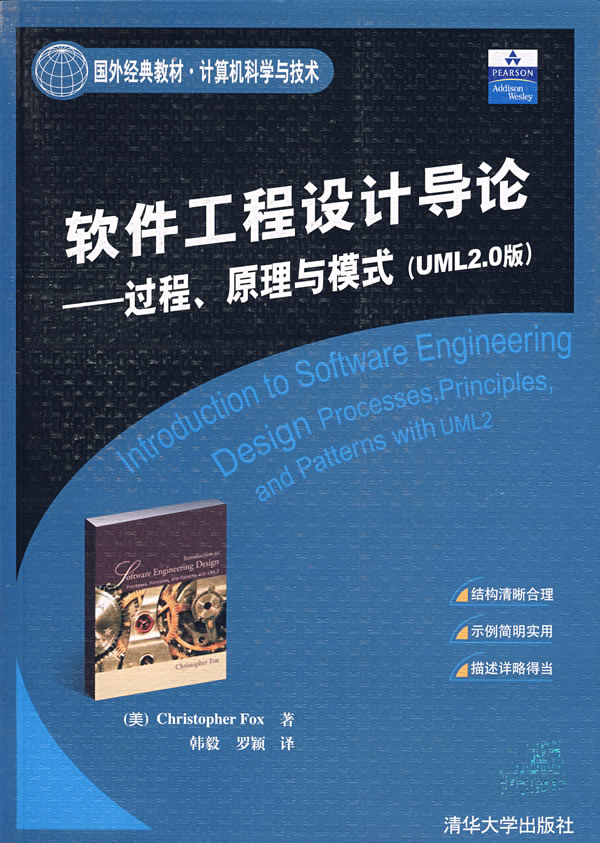课程性质和任务
课程性质
- This course serves as a major foundation course for senior students, which provides an in-depth knowledge and understanding in the architectural model and design pattern of modern software systems. It also introduces the modeling language and tools in constructing software system and key techniques in applying reusable design patterns to software development. The primary goal of this course is to develop student’s capability to design and develop a robust software system under the software industry standards.
课程任务
课程内容和要求
- 课程为软件工程专业的专业基础课,面向软件工程专业三年级或四年级的高年级学生,教学目的为讲授软件系统设计原理和方法、增强学生软件工程方面的实际能力。
- 课程内容分13章,具体如下:
-
1.1大型软件系统介绍
1.2大型软件系统应用范围
1.3软件模型
1.4软件设计原理和开发方法
1.5大型软件设计、开发的新趋势
-
2.1 软件架构
2.2 软件架构的主要元素
2.3 软件架构框架
2.4 4+1视图详解
-
3.1 4+1视图
3.2 软件架构模型
3.3 软件架构模式
-
4.1 对象模型
4.2 对象分析
4.3 面向对象建模及UML初步
4.4 软件开发方法
4.5 主要软件开发模型
-
5.1多进程与多线程的比较
5.2线程模型
5.3线程同步
5.4 Java线程API
-
6.1分布式体系结构
6.2中间件
6.3 CORBA体系结构简介
-
7.1组件、中间件、框架
7.2案例学习:ACE/TAO
-
8.1 Promise and Reality绍
8.2模型驱动开发(MDD)
-
9.1 逻辑代数的基本概念
9.2 逻辑代数的重要规则
9.3 逻辑函数的表示形式
9.4 逻辑函数的基本形式和标准形式
-
10.1设计模式
10.2基本的设计模式
10.3设计模式的使用
-
11.1设计模式的类型
11.2模式应用
-
12.1 MDD现状与趋势
12.2开放MDD研发问题
12.3结束语
-
13.1 AEGIS DAF中间件
13.2 NOAA的AWIPS系统
13.3 SensorNet-based Distributed System
教材
| 教材名称: | 软件工程设计导论—过程、原理与模式(UML2.0版) |  |
||
| 作 者: | Christopher Fox著, 韩毅、罗颖译 | |||
| 出版社: | 清华大学出版社 | |||
| 出版时间: | 2007年10月第1版 | |||
| ISBN: | 978-7-302-15950-6 | |||
| 内容简介: | ||||
参考资料
